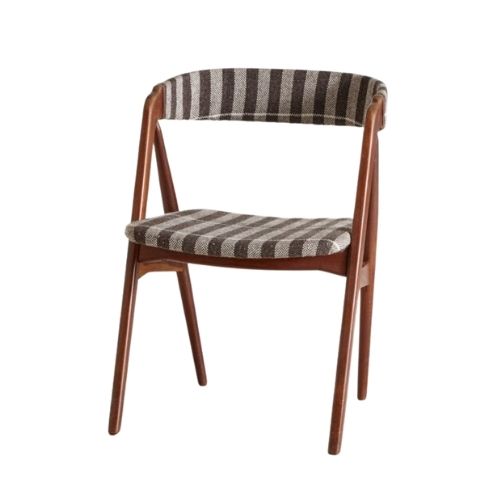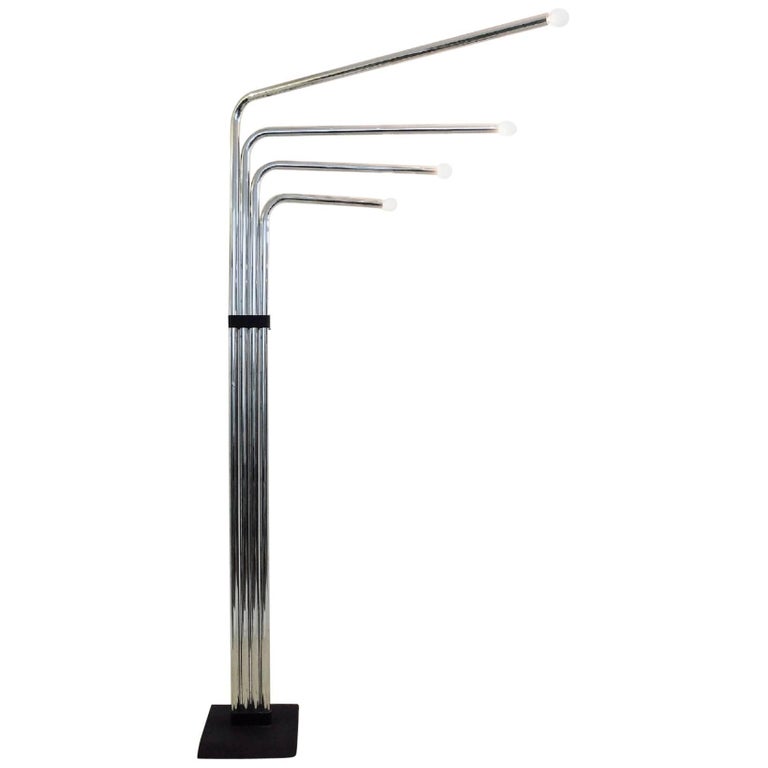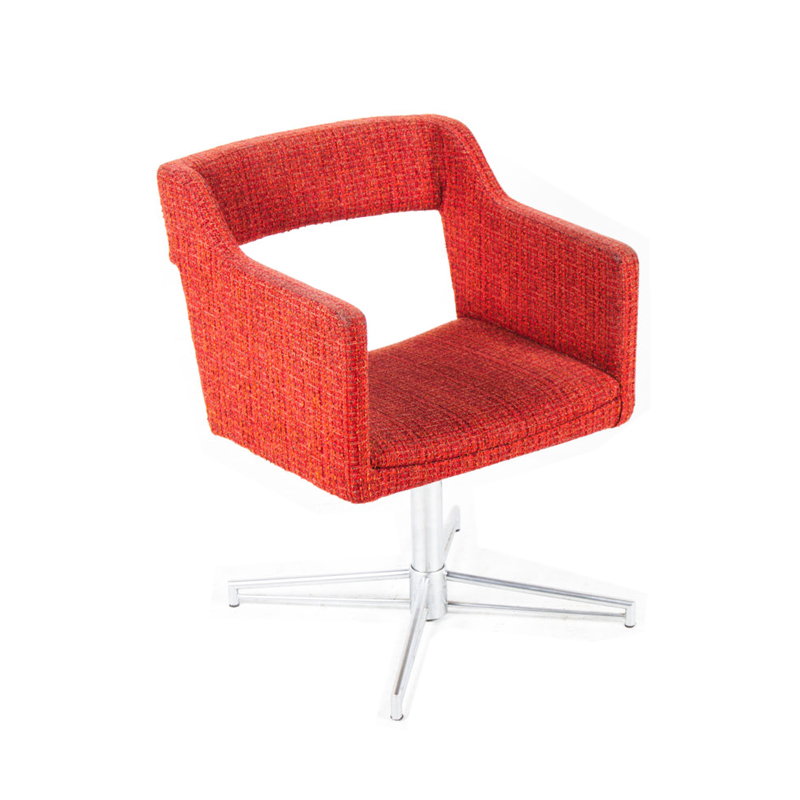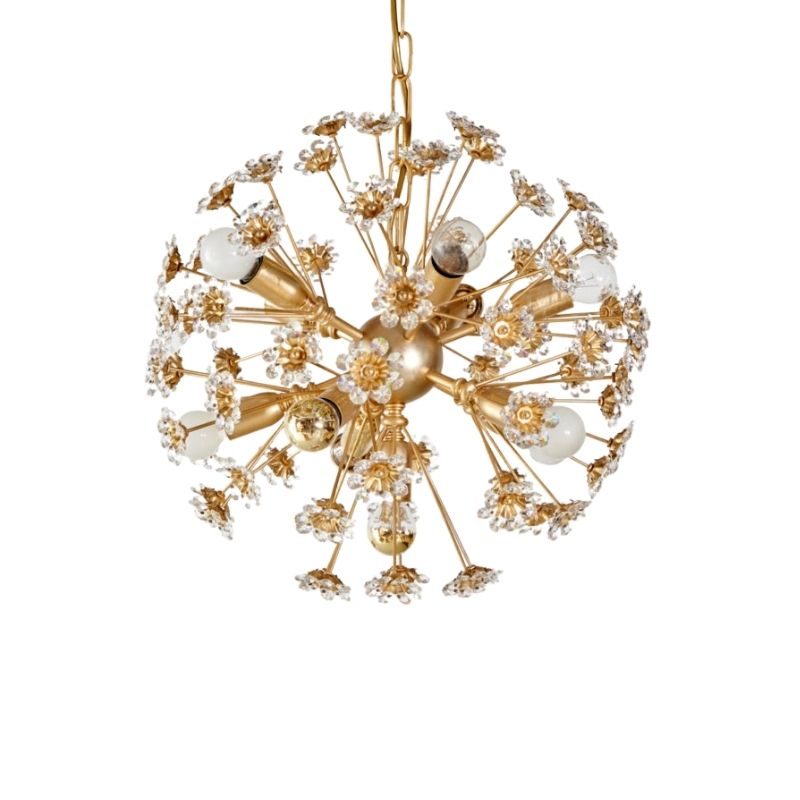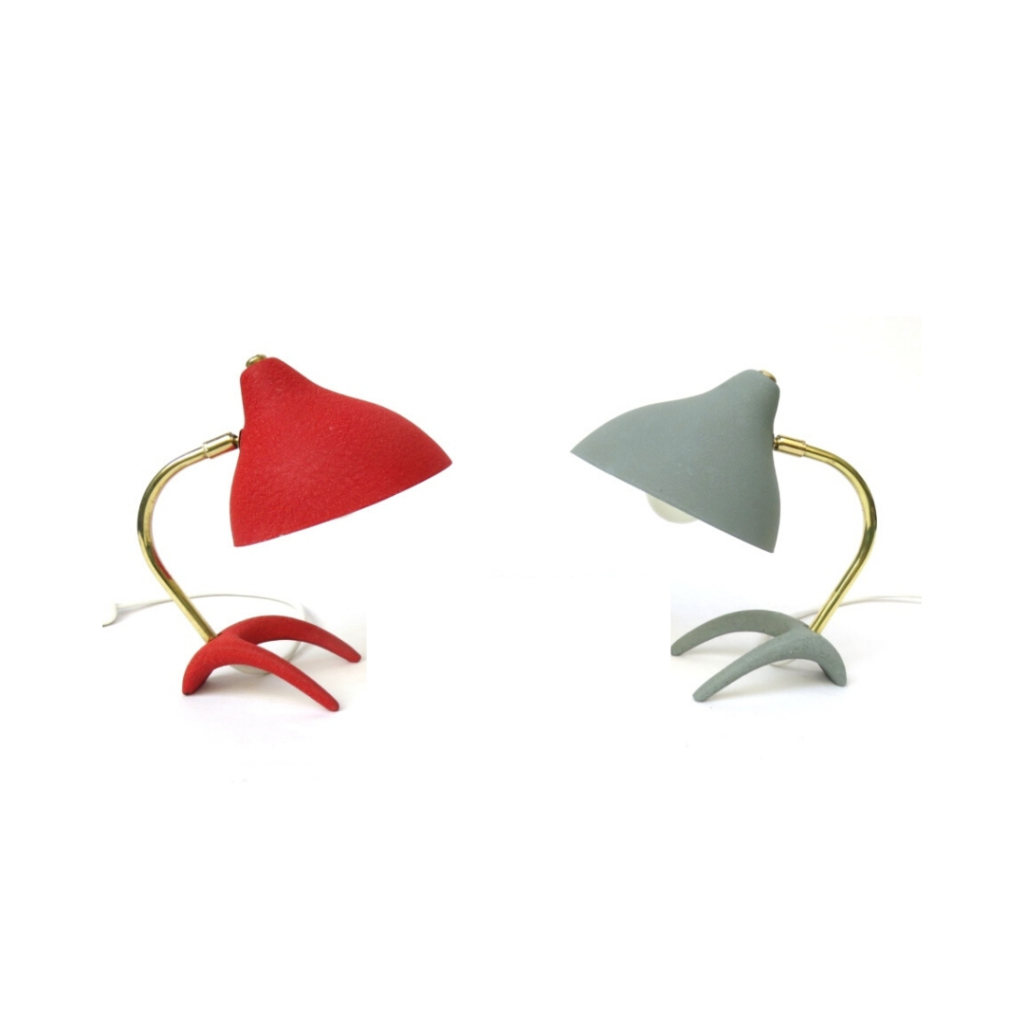Have you ever found something so beyond repair but just couldn't let it go to waste? Salvaged parts from other pieces to use or re-saw to make other items? I'm adding a few photos of an Arne Wahl Iverson for Vinde Mobler dresser I found in the alley. The leg structure was completely beyond repair (not to mention, rather simplistic compared to the rest of it) so I made a new and improved base, with a nod to his other works. The teak used, was from a HM Sofaborde dining table who's top had delaminated due to exposure but the leg structure was solid teak.
I'd love to see photos of other's Frankenstein pieces and perhaps stories of there origins. <img class="wpforo-default-image
<img class="wpforo-default-image
Very nice, libramobler. I'd like to see the listing description when this hits an auction house in 50 years.
I'm not sure if this qualifies as a true Frankenstein piece, but I recently found a set of vintage tapered "teak" wood legs to put on my Hundevad cabinet. I bought the cabinet with the plinth base, which was the option used for a continuous wall unit.
It took a few months for the right set at the right price to pop up on eBay. However, the leg tops had a recessed thread detail that didn't work with the cabinet base. And after I received the legs, I realized that the hanger bolts were a size too small for the existing threaded inserts under the cabinet. So I ordered the right bolts online.
Since the exposed threads on the existing leg bolts were not long enough for the double nut unscrewing technique, and the recessed leg didn't work anyway, I ended up taking about an inch off the tops of legs with a table saw. The blade height was kept just low enough to avoid cutting the bolt, and i rotated the leg for a few cuts. Now enough bolt thread was exposed to extract with the double nut technique. Another table saw pass with a raised blade made the leg top nice and clean (the newly-cut cross sections confirmed that the wood was walnut and not teak, but the patina on the exterior matches nicely with the patina on the teak cabinet).
After enlarging the holes with the right sized drill bit (hand--held drill worked just fine as the existing hole was large enough to be a fool-proof guide), the new bolts went in perfectly, as did the new legs on the cabinet.
Being walnut, these American legs are now on a Danish cabinet. Also the proportions of the legs are closer to a Kai Kristiansen cabinet rather than a Hundevad cabinet, but I'm happy with the result including higher height of the cabinet top surface, which I actively use being near the back door.
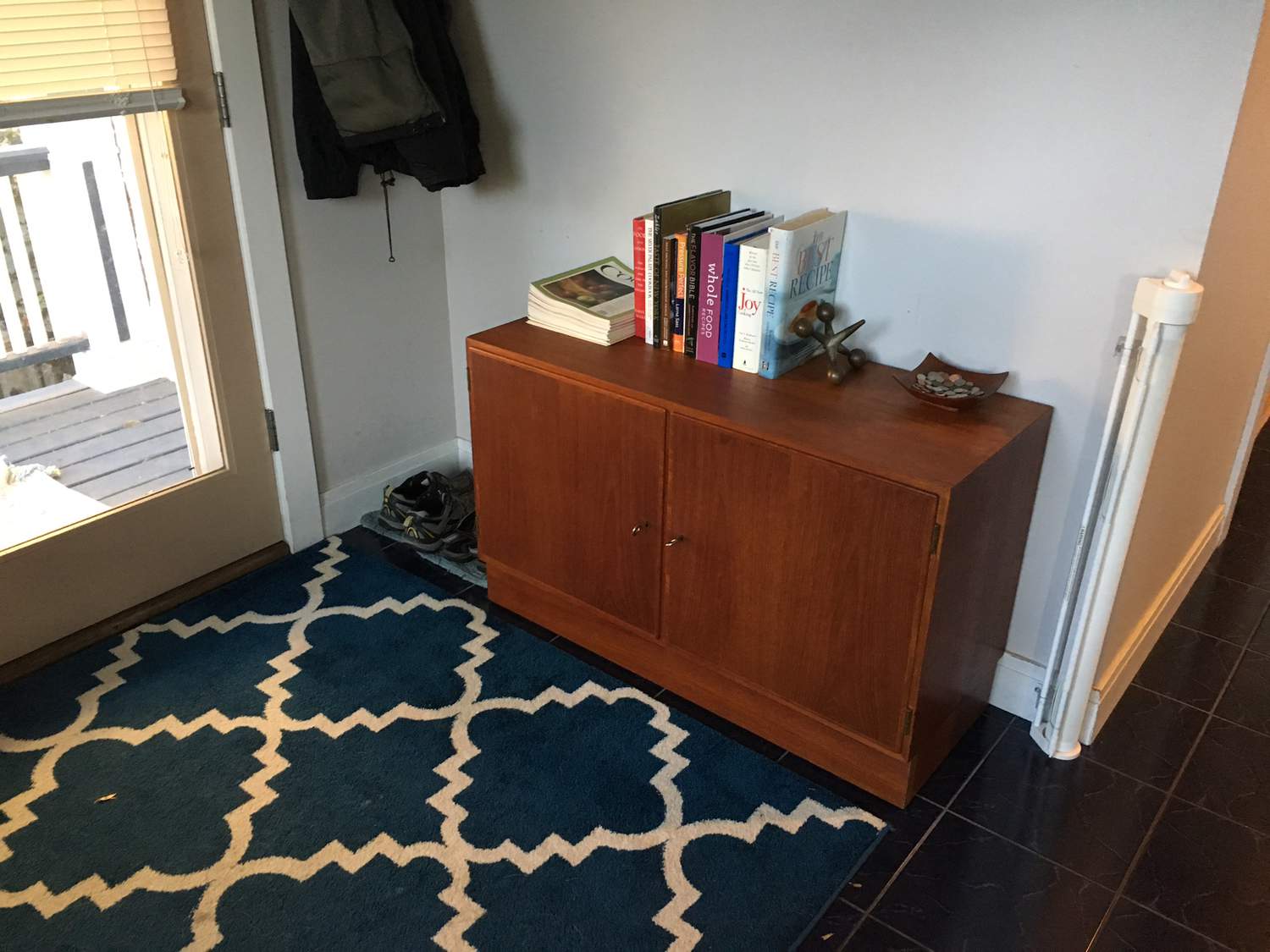
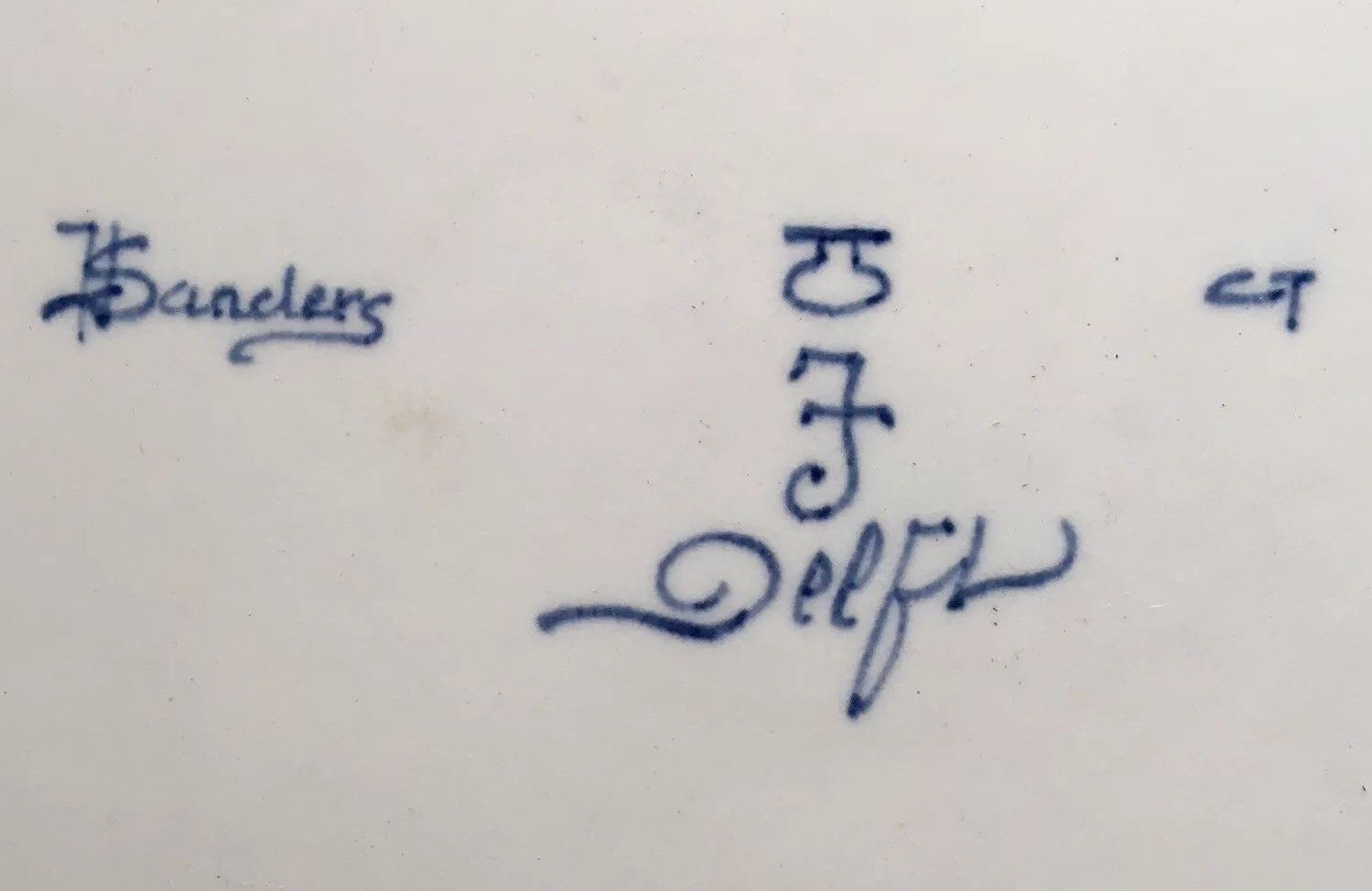
cdsilva,
I think your project's story is exactly what I was talking about! Definitely Frankenstein material. I agree the patina of the walnut is a wonderfully and surprisingly good match! The way you eliminated the the base and your placement of the legs in the balance of the piece indeed appeal to my sensibilities. Very nice job.
My over-arching idea with this thread is how we, the ones restoring and resecting the design, sometimes take a few artistic liberties which I think the origin designers would appreciate.
I recently acquired these bentwood chairs that really smacked of something I couldn't put my finger on. I wanted to like them; wanted them to grow on me. Unfortunately, they didn't and after determining that my premonitions as to them being something more than they were, I saved what I liked.
My plan is to repurpose the verticals and through-mortise the original joinery to make a contiguous horizontal to prevent racking. The drawing shows how I'll layer plywood to create a new settee- a bench from the old chair parts. Maybe do the last finish ply in something special. The idea then would be to use metal "stand-offs to allow the bench seat to hover off the frame....


If you need any help, please contact us at – info@designaddict.com



